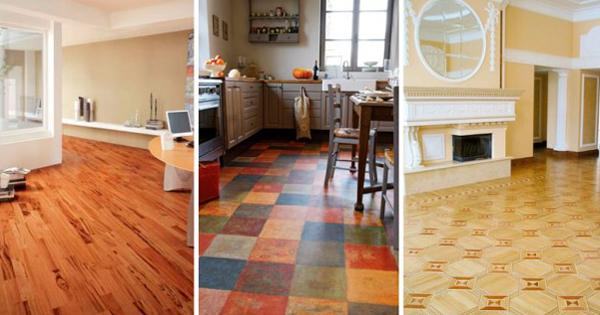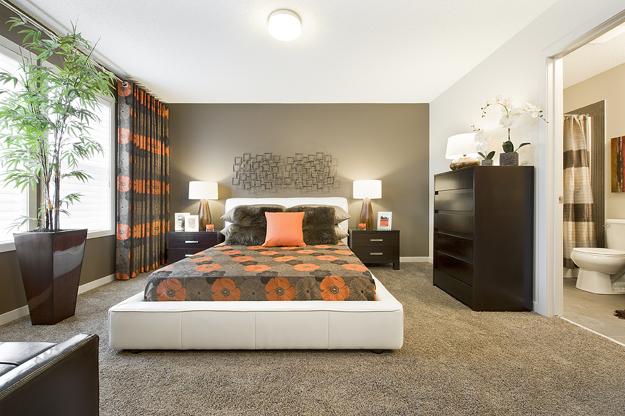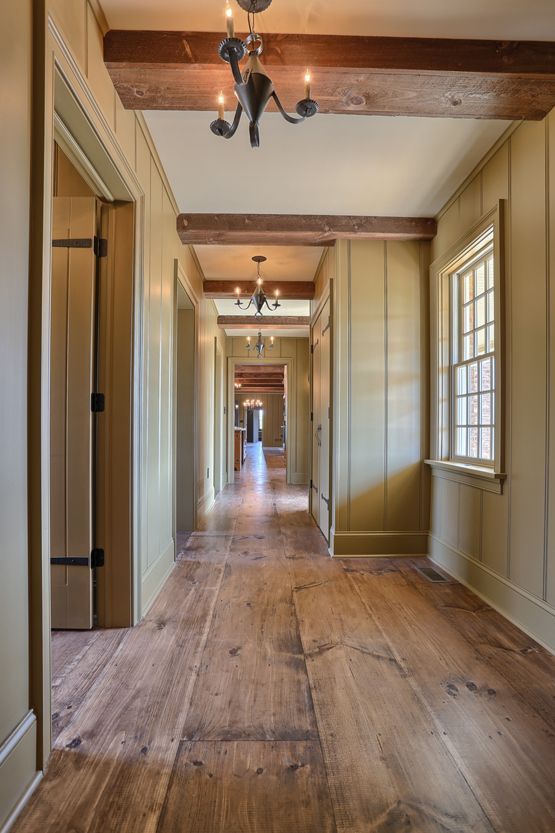Cork flooring offers an eco-friendly alternative with natural warmth and resilience underfoot. This renewable material, harvested from cork oak trees, provides excellent insulation against temperature changes and sound transmission. Natural cork tiles showcase unique grain patterns in warm honey tones, while stained options range from espresso to gray for contemporary spaces. Floating cork plank systems install easily over existing floors, making them ideal for DIY projects. The material’s natural give reduces joint stress, offering comfort for standing areas like kitchens. Its antimicrobial properties make cork particularly suitable for allergy sufferers and family homes.

Creative patterns transform cork floors into design statements. Herringbone and checkerboard layouts using contrasting cork tones add visual interest to living rooms. Border designs with darker cork create frame-like effects in home offices. Mixing cork tile sizes—combining large squares with small diamond accents—introduces texture without overwhelming rooms. Some homeowners use cork as an accent area in playrooms or home gyms, cushioned for safety. For modern aesthetics, gray-washed cork paired with minimalist furniture creates Scandinavian-inspired spaces. Natural cork’s mottled appearance works well in rustic settings, complementing wood beams and stone fireplaces.
Practical applications highlight cork’s versatility beyond standard flooring. Kitchen cork tiles provide comfortable standing surfaces that resist dropped dish breakage. Bathroom-specific sealed cork handles moisture while staying warm underfoot. Basement cork flooring with vapor barriers insulates against cold concrete slabs. Children’s rooms benefit from cork’s shock-absorbing properties during play. Home studios utilize cork’s sound-dampening qualities for better acoustics. Mudroom cork floors hide dirt well and feel welcoming year-round. Even wall applications create unique textured backdrops when used as wainscoting or accent walls.
Maintaining cork floors preserves their beauty long-term. Regular sweeping prevents abrasive dirt from dulling the surface. Damp mopping with pH-neutral cleaners maintains protective sealants. Immediate spill cleanup prevents moisture penetration in unsealed cork. Felt pads under furniture legs prevent indentations in the soft material. Reapplying water-based polyurethane every 3-5 years refreshes high-traffic areas. Unlike hardwood, minor cork scratches can often be steamed out using an iron over a damp cloth. Sunlight may lighten natural cork over time—using area rugs in bright spaces maintains even coloring.
Design pairings enhance cork flooring’s natural appeal. White walls and light oak furniture amplify cork’s warmth in airy spaces. Black metal fixtures and concrete countertops create modern contrast against cork’s organic texture. Earthy color schemes with terracotta pots and linen textiles reinforce natural aesthetics. For industrial lofts, cork softens exposed brick and steel elements. The material’s sustainability credentials align perfectly with eco-conscious interiors featuring recycled glass and reclaimed wood. Whether seeking quiet comfort underfoot or distinctive visual texture, cork flooring delivers unique solutions adaptable to diverse home styles and lifestyles.
Curved Oak and White Closed-String Staircase Dublin – Stairs Ireland
Modern Flooring Ideas Adding Beauty and Comfort to Bedroom Designs
Hardwood Flooring Ideas With Pros And Cons – DigsDigs
Related Posts:





